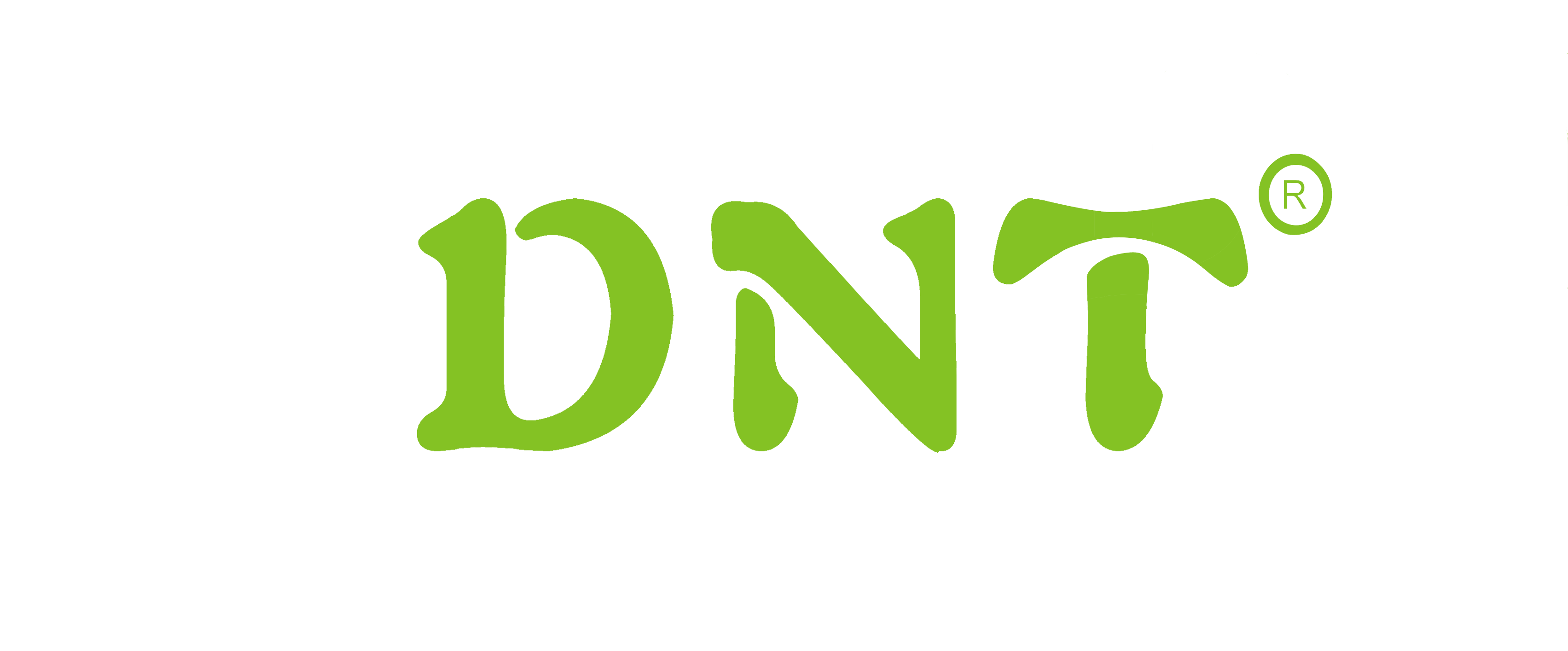How to replace brake lines
Automotive mechanical mishaps can range from a minor inconvenience to a major disaster. Leave the lights on? A dead battery is doable. Just call roadside assistance or walk over to the nearest hyper mega mart. Pick up a new battery and an adjustable wrench. Install the new battery, bring back the old one and you're off. Easy. Forget to put gas in the tank? That's not so bad either. You might even have a laugh about it when you finally get home. These things happen despite even the best efforts at prevention.

Car brake problems: Sudden brake loss
Of all the mechanical failures that can happen while driving, sudden brake loss is on the top of the “bad things” list. While many failsafe and redundant safety features, such as dual reservoir master cylinders and low brake fluid warning level lights, have been built into braking systems since the olden days of motoring, a sudden loss of hydraulic pressure in a brake system will amount to an almost instantaneous total loss of braking. One thing that will cause this sudden failure to occur is a ruptured or damaged hydraulic brake hose.
How do car brakes work: Binding agreement
Car brakes work by utilizing hydraulic pressure. A liquid, such as brake fluid, cannot be compressed. Try it. Before you open that plastic bottle of water to slake a powerful thirst, give the bottle and the water inside a good squeeze. After you empty it, thirst slaked, put the cap on and try squeezing it again. See? Air can be compressed; liquid generally cannot. This is why it is important to bleed the brakes any time air is allowed into the system. When you press on the brake pedal, a piston in the master cylinder attempts to compress the brake fluid in the system. Since fluid cannot be compressed, it is pushed through the lines.
At the other end of the lines full of brake fluid are more pistons. These pistons live in the calipers and wheel cylinders. The brake fluid pushes on these pistons, which makes them move. On the other side of the pistons are the brake pads or shoes. The caliper or wheel cylinder pistons push out on the brake pads or shoes. The material of the pads or shoes makes contact with the metal brake disc or drum surfaces, and friction causes the vehicle to slow down. While there are volumes of other hydraulic principles at work to give you the Superman-like power in one foot to slow a vehicle weighing thousands of pounds down to a stop, brake fluid is at the heart of the system. Without it the brakes will have no power.
Get in line
Most of the line that contains the brake fluid is made of steel, but there needs to be a flexible section that goes from the body of the vehicle to the wheels. This section is referred to as the brake hose, or hydraulic brake hose. As the suspension and wheel moves round and round and up and down, so must the brake hose from the caliper or drum-backing plate to the body. It is vitally important that these flexible brake hoses are regularly inspected and replaced. This is especially true if you do brake work yourself.
It's easy to replace the pads or other brake components and neglect the brake hoses. Good enough is never a good call when it comes to brakes. Cracked, dry, corroded or flaking hydraulic brake hoses should immediately be replaced. Another common mistake is to let the calipers hang by the hoses as work is done on the brakes or front end. This can stress the hose where it joins with the steel ends and cause potential rupture problems down the road. The safest approach to working on brakes is to completely inspect everything and make certain all the components of the entire system are working as they should. Hydraulic brake hoses are but one part of the braking system, yet they should never be overlooked.
The job
Here are step-by-step instructions for replacing the brake line.

Ste1: Remove the wheel to gain access to the brake hose.

Ste2: Spray a bit of penetrating lubricant where the hose meets the brake caliper or drum and on any rusty clips. Go have lunch.

Ste3: Always use a flare nut or "line wrench" when working on brake lines and brake fittings.

Ste4: Use the line wrench and a second wrench to loosen and remove fittings.

Ste5: Cap off any brake lines to stop leaking brake fluid. Brake fluid will damage paint. Flush painted surfaces immediately with cool water if contact with brake fluid occurs.

Ste6: Remove any clips and fasteners holding the hose to struts or body mounts.

Ste7: Install a new brake hose with new copper washers if required. Always use a line wrench to tighten brake hose fittings.

Ste 8: Replace any lost brake fluid. Bleed the brake system of any air. Remove grease and crud from hoses and the disc surface with a brake parts cleaner. Test brakes before driving.








